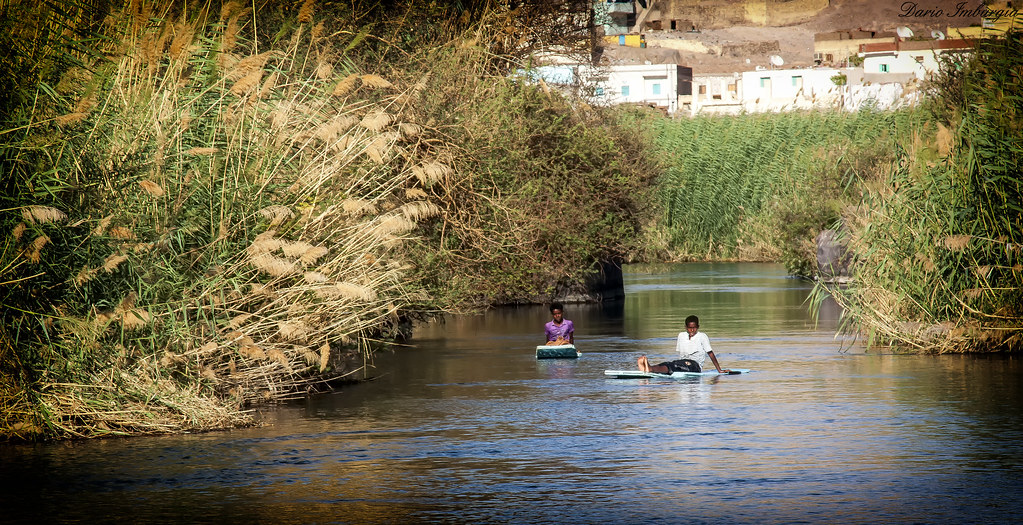
List the five facts on the Nile River.
What are the five Nile River facts? Famously renowned as the longest river in the world, the Nile has been instrumental in the growth of ancient civilization and subsequently is still a vital waterway for the countries it runs throughout. and in the context below we will explore the five main Nile River facts.
Length and Reference Source.
Considered as the longest river in the world, the Nile River is roughly 6,650 kilometers (4,130 miles) long. Eleven countries—Burundi, Congo-Kinshasa, Eritrea, Egypt, Ethiopia, Kenya, South Sudan, Rwanda, Tanzania and Uganda—as Nile river passes through northeastern Africa.
Two important tributaries forming this Nile River are the White and Blue Nile rivers. The longer of the two, the White Nile comes from Lake Victoria; the Blue Nile begins in Ethiopia from Lake Tana. More especially, the junction of these two tributaries is close to Khartoum, the capital of Sudan, where they both join to create the Nile.
Ancient Civilization and the Nile.
For many years, the Nile River was a cradle civilization; this ancient Egyptian civilization is among the first and most developed ones in history grown along its banks. Through yearly flooding, the Nile River guaranteed a constant food supply and rich ground for farming. More importantly, the Nile was always referred to by the ancient Egyptians as “the lifeblood” of the society whereby its waters dominated their religious beliefs, mythology, and daily life.
Contribution to modern agriculture.
The Nile River is still a vital source of agricultural wealth for several nations it crosses today. More importantly, the most fertile area—the Nile Delta in Egypt—is created by the River’s sowing of silt into the Mediterranean Sea. Furthermore, the yearly flooding under control by the Aswan high dam in the 1960s offers a nutrient rich quality that improves soil fertility, therefore promoting the growth of several crops like rice, wheat, cotton, and many others. Additionally there is a dam, which controls water flow to guarantee a more consistent supply for irrigation operations and help to minimize devastating floods.
Ecosystemonics and biodiversity.
Furthermore well-known for maintaining a varied spectrum of flora and animals along its journey is the Nile River. Furthermore surrounded with lovely wetlands, it provides a suitable natural habitat for many different species like fish, reptiles, amphibians, and many birds. Among the noteworthy aquatic residents are also the Nile crocodiles, African tiger fish, and several species of tilapia.
List the five facts concerning the Nile River.
Hepo
More importantly, the River bank has a range of Vegetation and wetlands, which are vital for migratory birds, and the richness of the Nile ecosystem is of ecological relevance while supporting the livelihoods of many people depending on farming and fishing.
Challenges and environmental issues.
The Nile River is clearly confronting various issues and environmental concerns notwithstanding all its historical and modern relevance. Furthermore, the demand for the water resources resulting from population growth, industrialization, and agricultural expansion has driven over extraction and contamination. More importantly, the Grand Ethiopian Renaissance Dam (GERD) and other upstream projects have helped to increase geopolitical conflicts over water allocation and usage. The fragile ecosystem of the Nile is threatened by climate change, which influences the availability and aggravates current problems.
But sustainable water management techniques, global cooperation and conservation initiatives have all been implemented to solve these problems and thus guarantee the Nile’s ongoing relevance for next generations.
Get further information about the important five facts about the Nile River by contacting our reliable trip operators.
